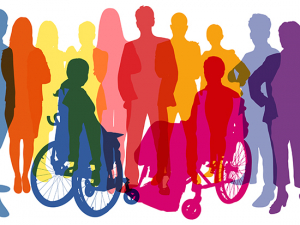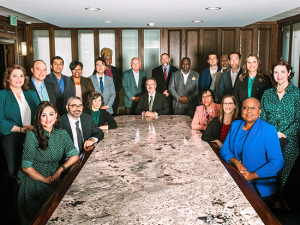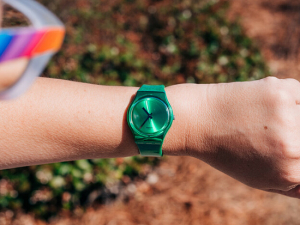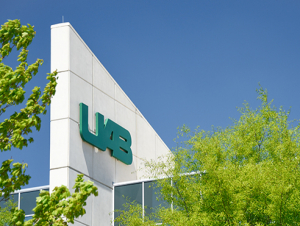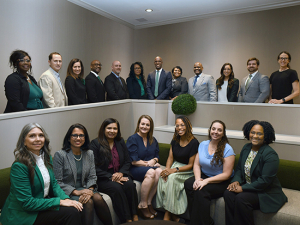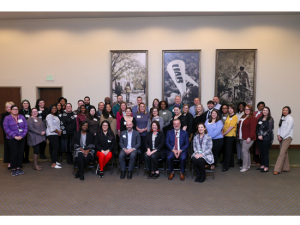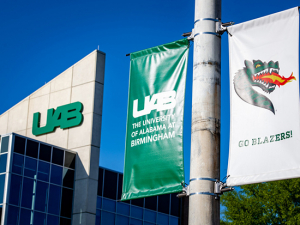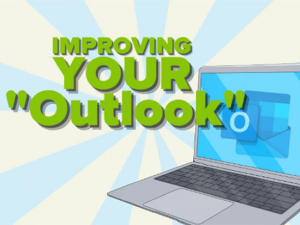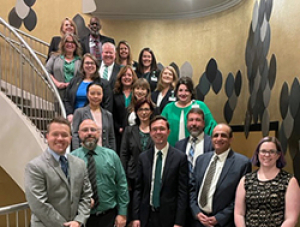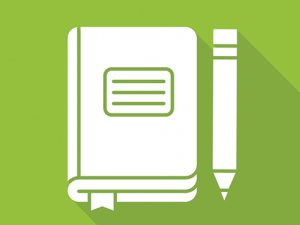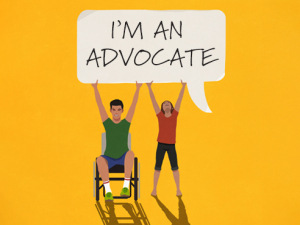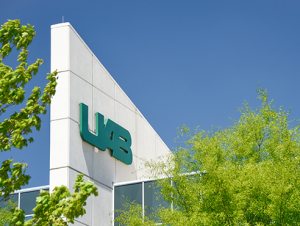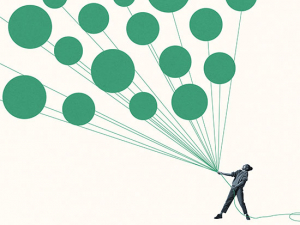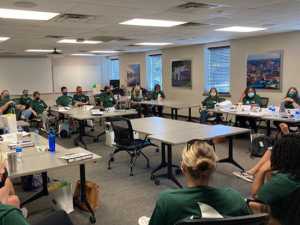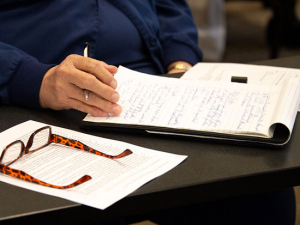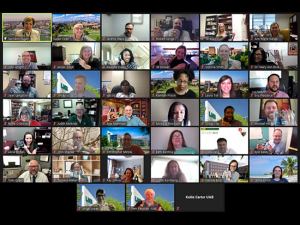 Behavior-specific praise improves outcomes in the classroom and boosts morale in workplaces, says UAB education researcher Robin Parks Ennis. She offers five steps to implement this simple strategy at work.Managers, like coaches, have one primary job: leading their teams to “victory,” whether that’s a national championship or beating a quarterly production goal. But the sports analogy can be misleading. Bosses who base their motivational techniques on what they see on the sidelines — where players are chewed out in detail for infractions like blown coverages but get little more than a clap for a good play — are apt to frustrate themselves and the people they manage.
Behavior-specific praise improves outcomes in the classroom and boosts morale in workplaces, says UAB education researcher Robin Parks Ennis. She offers five steps to implement this simple strategy at work.Managers, like coaches, have one primary job: leading their teams to “victory,” whether that’s a national championship or beating a quarterly production goal. But the sports analogy can be misleading. Bosses who base their motivational techniques on what they see on the sidelines — where players are chewed out in detail for infractions like blown coverages but get little more than a clap for a good play — are apt to frustrate themselves and the people they manage.
A 2018 study from Harvard Business School found that negative feedback rarely leads to employee improvement. But new UAB research points to a better way. Robin Parks Ennis, Ph.D., an associate professor of collaborative education in the UAB School of Education, specializes in putting teaching strategies — academic and behavioral — to the test in actual classrooms. Earlier this year, she earned the inaugural intervention research award from the Council for Children with Behavioral Disorders.
So what are some effective ways to encourage successful behavior? Ennis is particularly fond of “low-intensity strategies,” she said. These are simple, easy-to-implement techniques that benefit students and teachers alike. In three recent papers, Ennis and colleagues took a comprehensive look at one particular strategy: behavior-specific praise. They reviewed more than 50 studies, ranging across K–12 settings and from individual to schoolwide interventions. “The overall results were overwhelmingly positive,” showing improvements in academics and behavior, Ennis said. “Behavior-specific praise is one of the simplest tools we have,” Ennis said. “You don’t need any equipment or elaborate training, just your voice.”
The good news, she says, is that behavior-specific praise also works for adults. “There is a whole branch of applied behavior analysis that looks at organizational behavior management, and we use the same strategies to motivate adults,” Ennis said. “One thing we see is that this improves workplace morale.”
Beyond ‘good job!’
What is behavior-specific praise, exactly? Regular praise, such as “Great job!”, doesn’t give students — or employees — a clear idea of what they did right, Ennis explained. And that means they are less likely to repeat that behavior in the future. In “Behavior-Specific Praise: An Effective, Efficient, Low-Intensity Strategy to Support Student Success,” Ennis and her co-authors wrote that instead of ambiguous statements such as “Good job, Elizabeth,” for example, a teacher might say, “I love how you are sharing your markers with your table mates, Lauren. Way to go!”
It isn’t just the students who appreciate behavior-specific praise, Ennis added. “When we do trainings in schools, the teachers will say, ‘I would really appreciate it if my boss would recognize me in that same way,’” she said.
Ennis’ papers offer teachers a step-by-step guide on how to implement behavior-specific praise in the classroom. Here are their recommendations, along with Ennis’ comments on how to adapt the strategy to adults in the workplace.

1. Use the 4:1 ratio
Correction will always be necessary, in school or on the job. But education research has shown that a ratio of four positive feedback statements to every one negative statement is the best way to promote student success. (Or more. This Harvard study suggests a 6:1 ratio in the workplace.) “When possible, ignore minor disruptive behavior and focus on praising students who meet your classroom and/or behavioral expectations,” the authors write. “Students will then understand appropriate behavior, not inappropriate behavior, is what draws attention and will be reinforced.”
“We encourage teachers, instead of reprimanding a student for talking, to praise a student nearby for working quietly,” Ennis said. “What we see time and time again is that you can avoid a negative interaction because the kids within earshot are going to automatically address their behavior.”

2. Choose what you want to reinforce
“Behavior-specific praise can be used to reinforce any type of behavior,” Ennis and her co-authors note. But “when we plan to reinforce all appropriate behaviors, it is possible we will forget and reinforce none.”
| On the 2019 Campus Engagement Survey, 71 percent of respondents agreed with the statement “I receive feedback from my immediate supervisor that helps me.” That is up 4 points from the 2017 survey. |
Teachers often select behaviors to reinforce based on class- or schoolwide lists of student expectations. At UAB, reinforcing employee behaviors that promote the university’s Shared Values — integrity, respect, diversity and inclusiveness, collaboration, excellence and achievement, stewardship and accountability — is a great option.
Always keep in mind the “specific” part of behavior-specific praise, Ennis said. “It’s not just saying, ‘thank you for all your hard work.’ If you don’t know what you did well, you’re not going to do it again. But if I specifically explain what it was you did right, it is more likely that you will engage in that behavior again and again.”

3. Practice your praise
Ennis and co-authors advise that teachers new to the strategy “consider scripting statements to use.” That’s because practice “can assist in finding comfortable statements for delivery as well as a tone that is authentic and in keeping with your personality,” they note.
Be aware that not everyone prefers to receive praise in front of others, Ennis added. “Some people like to be recognized in a group setting, but others would rather receive praise privately or in an email or written note.”

4. Don’t wait
“Behavior-specific praise statements should be delivered as soon as the appropriate academic and social behavior is observed,” the authors write. “This immediacy helps students make the connection between the praise and their behavior. The behavior-specific nature of the statement functions as a teaching tool as it indicates to the student, as well as other students in the vicinity, what he or she has done is appropriate and should be done again and in the future.”
Behavior-specific praise “helped me cultivate a positive environment in my classroom and allowed my students to gain knowledge about expectations just by hearing me praise peers,” one teacher noted in the paper.

5. How often? It depends, but here’s how to know if it’s a success
Unfortunately, “there’s no magic number” of times to deliver behavior-specific praise per day, Ennis said. But especially if this is a new behavioral expectation you are introducing or you are working with a new employee, “you want it to be more frequent to establish organizational norms,” she said. In schools, “we will flood them with reinforcement at the beginning, then reduce that over time.
“We always tell teachers, when your students start praising each other and praising you, that’s when you know it worked.”
Being able to improve outcomes is the most rewarding aspect of intervention research, Ennis said. “I really like being able to make a change and see students make gains,” she said. The difference for teachers can be dramatic as well. “When we train future teachers, we spend way more time focused on academic instruction than on how to manage classroom behavior,” Ennis said. “But you can’t teach academically if you don’t have behavior under control. That’s what leaves you worn out at the end of the day. With this work, we’re empowering teachers as well.”

Learn more
- Free materials for teachers to use in implementing educational strategies such as behavior-specific praise are available at http://www.ci3t.org/pl.
- Ennis co-authored a book on behavior-specific praise and other strategies, "Supporting Behavior for School Success: A Step by Step Guide to Key Strategies"
